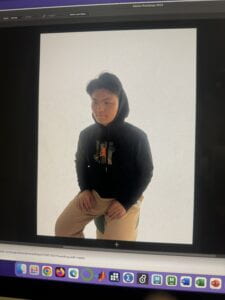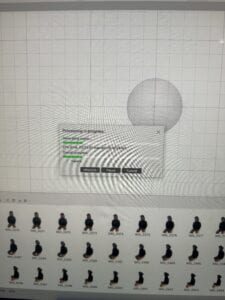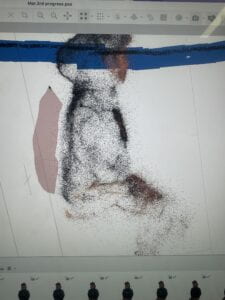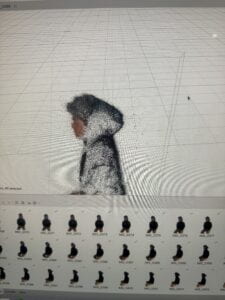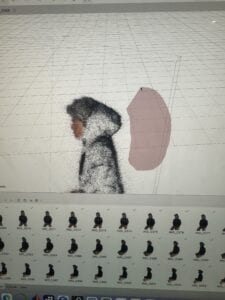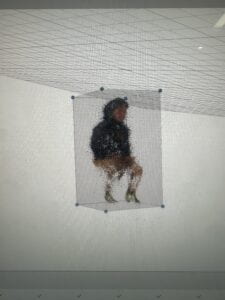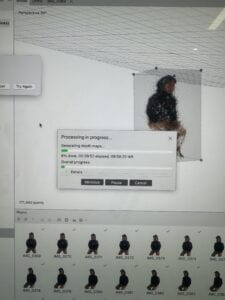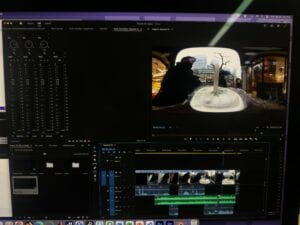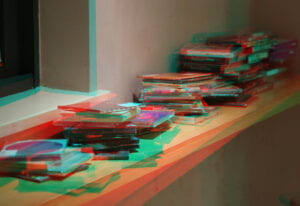In the reading material “Virtual Art: From Illusion to Immersion”, Oliver Grau argues that Immersion in virtual reality is different from immersion in imagination or literature. To be more specific, the main difference depends on the psychological distance between the observer and the image space, which relies on the medium that the space was created through. Now I would like to analyze how the psychological distance is similar to or different from in the experience of paintings, sculptures, plays, movies, television, games, or VR.
Speaking of similarities, I think paintings, sculptures, movies, and television are often set still or set in a fixed place so that the psychological distance is usually stable. However, for plays, games and VR, it offers more flexibility since the audience or player may need to move for better experiences. The second similarity is that paintings, televisions and most mobile/computer games are 2D while other forms could be 3D or more than 3D. This results in a huge difference in immersion because 3D offers a more immersive experience than 2D since its surroundings are more vivid. For diffences, I think psychological distance plays different roles in each form. For paintings and sculptures, the distance matters since it directly affects your view towards the object. Nevertheless, psychological distance might not be that important in plays and television since the contents are often the main focus. I find it hard to describe the usage of psychological distance in movies and games because it depends on the genres and themes and I think that if the audience or player is fully immersed, the psychological distance is closer than the physical distance. For VR, the psychological distance is even closer, which helps player to have a better experience of immersion, including image and audio. In short, the usage of psychological distance and immersion experiences varies and it depends on the medium.
